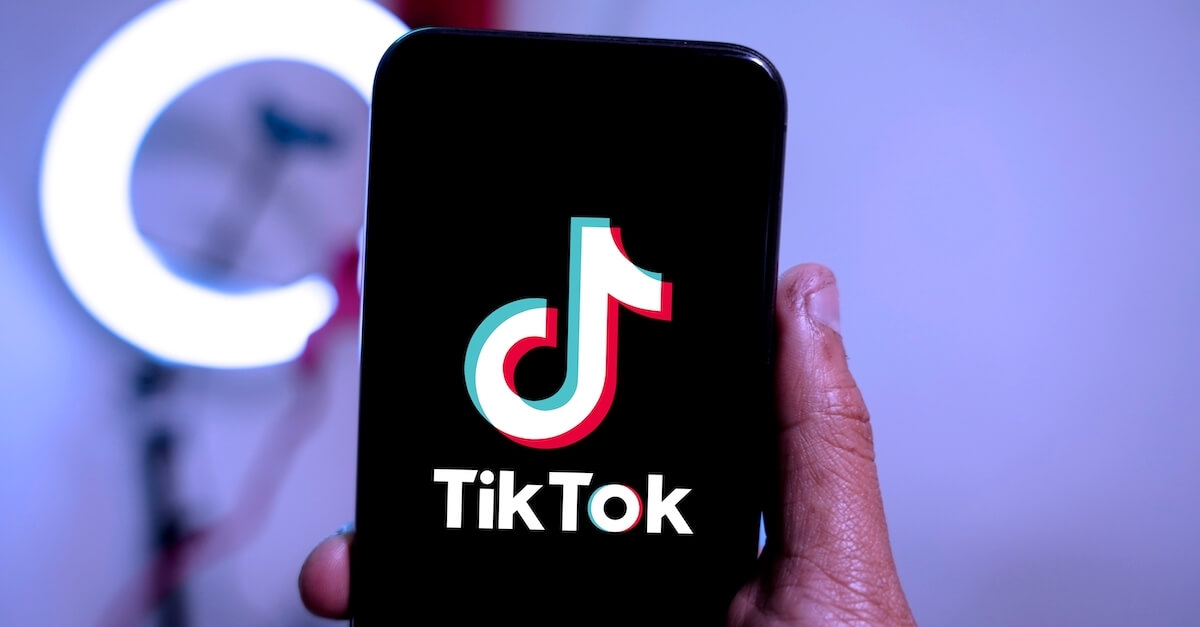March 16, 2021
COVID-19 Communications During the Next Phase of Recovery

COVID-19 has been a reality of daily life for a full year. Vaccines have brought hope that the strictest lock downs, remote work policies, and social distancing measures can ease, returning people to something recognizably normal. Society can get there faster and more safely if employers, healthcare companies, and government actors leverage the power of language and effective COVID-19 communications to influence virus-suppressing behaviors.
The dividends of a healthy workforce are clear — especially for large employers. For every 100,000 workers, nearly 1,000 will require hospitalization if infected, and those hospital stays average around 10 days at a cost of around $7,000 per day. That translates to approximately $70M in healthcare costs per large employer. Improving messaging efficacy by just 1% could result in $2M in cost savings — and that’s without accounting for the human benefits of reduced disability, avoiding lost productivity, and preventing infections of insured family members. For healthcare providers and payers, savings would be even higher.
Motivations for encouraging vaccination will vary, but the techniques are the same. We need to combine human intuition and feedback with a data-driven understanding of what works. At Persado, we’ve broken down messaging into a multi-variable analysis to understand what components of a message drive the behaviors that organizations want to influence. As the world enters the next phase of COVID-19 communication, we need to lean into that.
Now is not the time to put all your faith in guess work. Despite all the talent and skill that sits in marketing and creative teams, the message that seems like the best one in the pitch meeting isn’t always the one that will resonate with the groups you need to influence. With AI and machine learning, enterprises can find the right message faster. And right now, “faster” means saved lives, as organizations address the communications challenge of the current COVID-19 phase: vaccine communication.
Motivations for encouraging vaccination will vary, but the techniques are the same. We need to combine human intuition and feedback with a data-driven understanding of what works.
Vaccine communications in the age of the COVID-19 vaccine
Throughout 2020, business leaders, politicians, and regular citizens pinned their hopes on a COVID-19 vaccine to rapidly put an end to the pandemic. Face masks were embraced by some as an interim mitigate but were eschewed by others, resulting in a lost opportunity to save lives through behavior change while we waited for the technological solution.
Now the technology is here, and another communications challenge is upon us. In the immediate term, logistics and manufacturing have limited the supply of vaccines such that there are fewer doses in the market than there are people willing to receive one. Within a few months, however, the challenge will flip back toward influencing behaviors, as vaccine hesitancy — the term used to describe distrust, skepticism, and fear associated with receiving vaccines — takes hold.
Causes of vaccine hesitancy and what it means for communication
There are many reasons why a person might be vaccine hesitant. Disadvantaged communities who have been at times exploited and neglected by the medical establishment tend to distrust medical experts. Other groups distrust the government.
Vaccine hesitancy doesn’t follow predictable patterns, either. A survey conducted by the University of Chicago’s National Opinion Research Center (NORC) and the Associated Press, along with the Ad Council and the CVS Health Payor Solutions Group, found different drivers of vaccine hesitancy based on various demographic characteristics, including educational level, socioeconomic status, race, geographical location, and political affiliation. These characteristics don’t drive vaccine hesitancy in predictable ways. For example, all age groups within the African American community exhibit the same degree of hesitancy about flu vaccines, but when it comes to COVID-19 vaccines, younger African Americans are more likely to exhibit vaccine hesitancy than older African Americans — likely because younger people are less at risk from serious disease.
Vaccine hesitancy varies by consumer group. Communication should too.
Different consumer and employee segments will have different levels of vaccine willingness or hesitancy, and therefore need to be spoken to differently. We see five general segments that break down as follows:
- Concerned planners who will get the vaccine as soon as they are able
- Responsible free spirits who intend to get the vaccine but feel limited urgency
- Distrustful skeptics who will take a wait-and-see approach
- Dismissives who aren’t averse to getting vaccinated but see no pressing reason to do so
- Resistors who don’t intend to get the vaccine
CVS Health Payor Solutions identifies similar segments from its research. Persado’s AI-generated content platform can generate and run experiments using language specific to each segment based on their likely motivations, the benefits of vaccination that resonate with them, the tone they will respond to, the emotion they will connect with, and the narrative that will be most effective with them. The messages that most effectively move the needle on immunization will emphasize why getting vaccinated now is better than getting vaccinated at some theoretical time in the future, with an added focus on benefits such as protecting friends, family, and coworkers, along with themselves.
Segments can get more focused and nuanced over time. Healthcare providers and payers may be able to more precisely target patients and members based on past behavior patterns in aggregate by certain groups. Enterprises can start by using proxies such as age and type of worker, experimenting with different messages, and fine tuning messages as workers self-declare their communication preferences through behaviors such as open rates and click rates. Over time, employers may also perform sentiment surveys to look for changes or leverage their occupational health function to track vaccinations.
Persado knows how to do that — the firm has a proven track record at encouraging vaccine take-up through its work with healthcare customers on flu vaccine promotion. For example, Persado worked with Humana on a flu vaccine campaign. The AI-amplified message exceeded Humana’s control message by 41%. When lives are at stake, organizations have a responsibility to remove the guesswork and embrace ways to find the most effective message.
Persado knows how to target the message to specific customer groups — the firm has a proven track record at encouraging vaccine take-up through its work with healthcare customers on flu vaccine promotion.
The best communicator wins loyalty — and an outsized share of the market
There will always be a portion of the population that will refuse to be vaccinated. But that portion can be reduced, ideally below the level of herd immunity, through effective communication. Enterprises have the ability and responsibility to help communicate this message effectively.
Nor is this a one-time thing. Vaccine-induced immunity is likely temporary and many experts believe COVID-19 will become endemic, requiring annual vaccination campaigns and associated communication, just like the flu. We’ve seen this before: The 1918 Spanish flu pandemic extended into the early 1920s before the virus mutated and became less deadly. In fact, the Dodge brothers who founded Dodge Motor Company were both killed by the Spanish flu in 1920, long after the initial surges.
The good news is that COVID-19 communications can do double duty to influence public health behaviors and accelerate business objectives. For example, Walmart Health, Walgreens, and CVS are all using COVID-19-related communications to promote awareness of their offerings and accelerate their forays into primary care. Past experience shows that people are loyal to the entity that administers their yearly flu shot. The organization that convinces them to get their COVID-19 shot and facilitates its administration could earn a greater share of the consumer’s health dollar going forward, a critical business imperative for healthcare organizations responding to increased consumerism in the health sector.
Non-healthcare businesses also have a huge opportunity. Consumers living in lockdown have likely shifted many habits to low-contact models, from home grocery delivery, to reduced business travel, to telehealth. Pent-up demand will drive business activity, however — simply look to the “roaring 20s” as a reaction to World War I, the banking and trading crises of the early-1900s, and the period’s expansion of roads and railroads. Today’s companies that forge close relationships with resonant communication will get an outsized share in the post-COVID-19 era.

